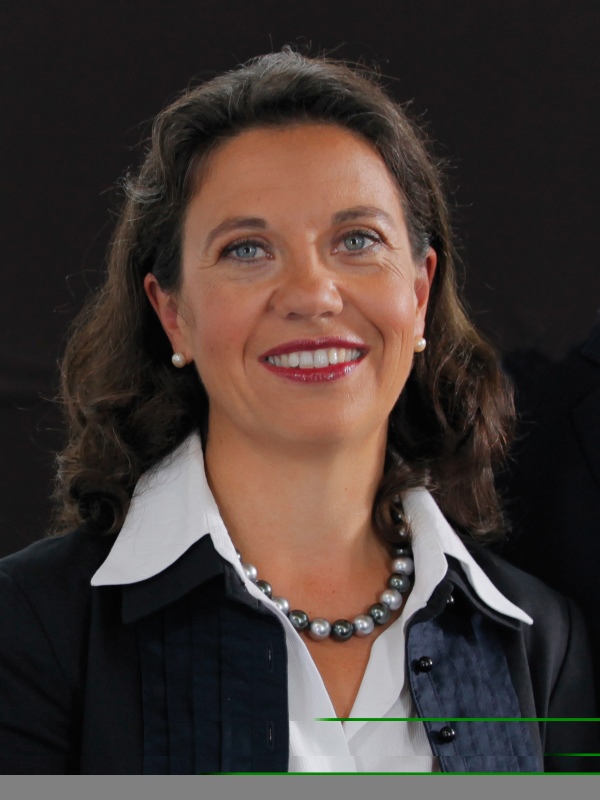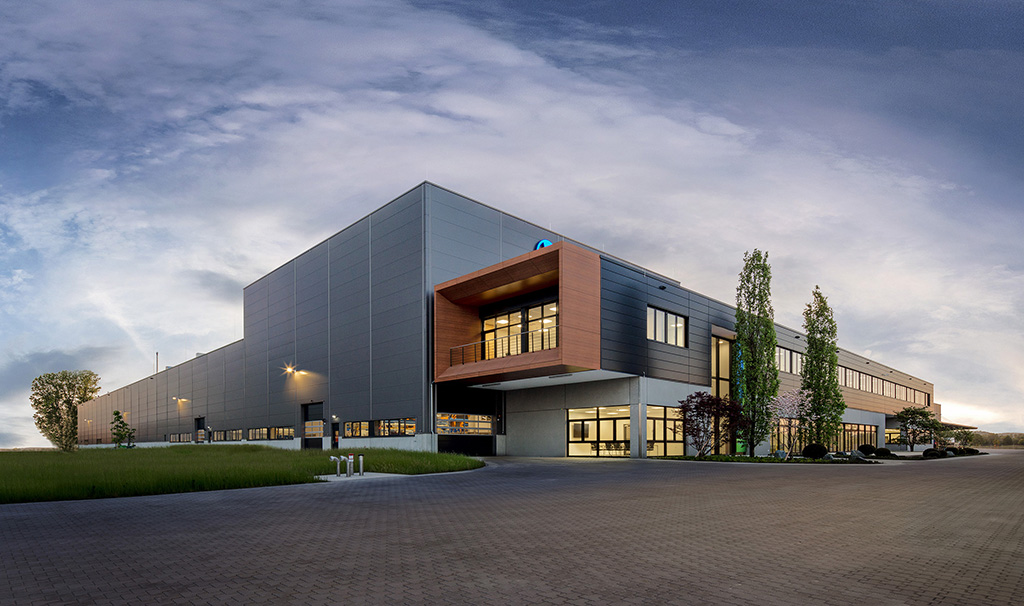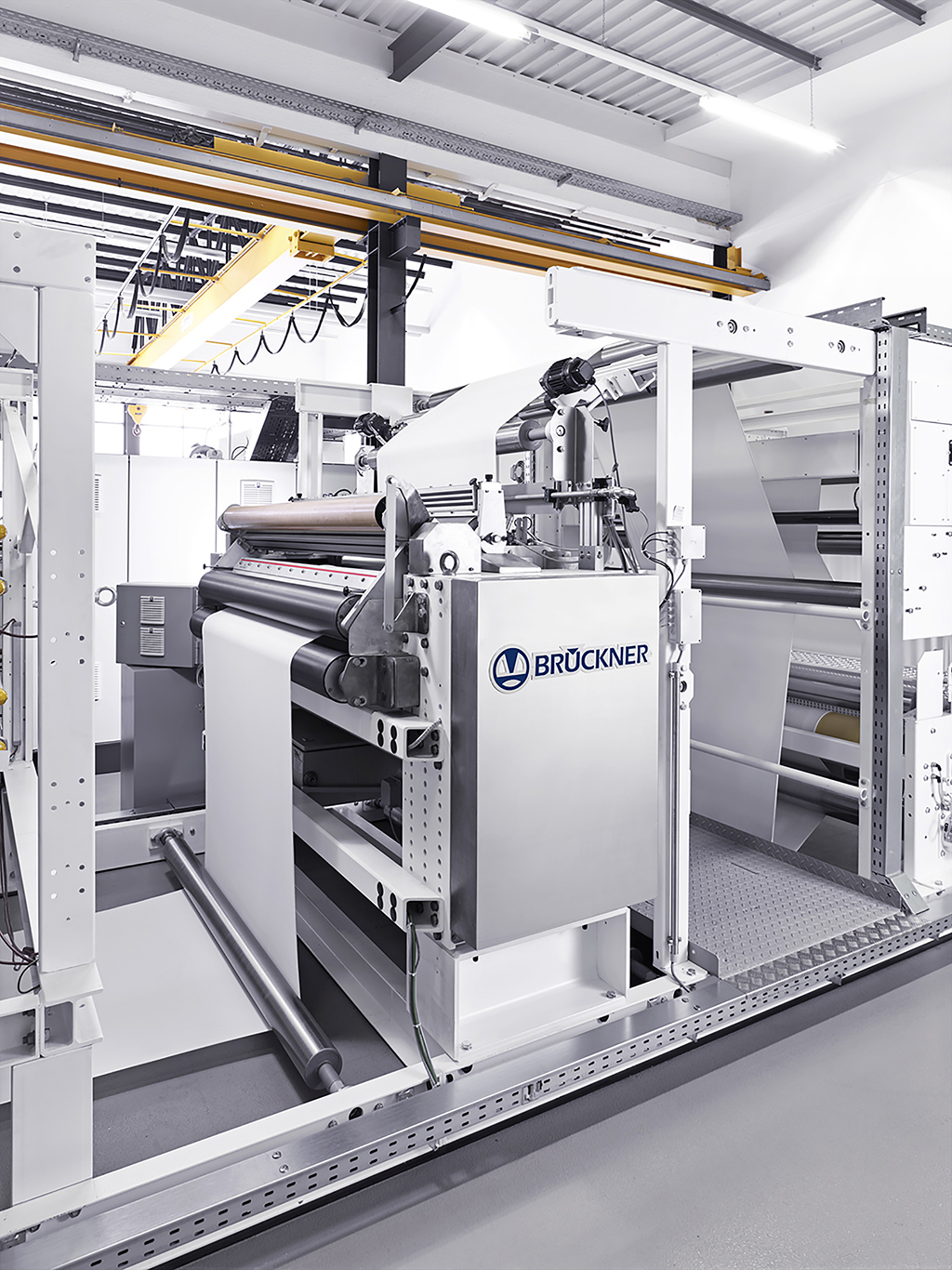By Regina Brückner, Chairperson, VDMA Textile Machinery Association
Given the increasing level of automation and remote services in the textile fabric finishing industry, an intensive relationship between the finisher, the machine supplier, chemistry suppliers and other technology providers is the key to future success.

VDMA member companies serving this market see themselves not only as machine suppliers but also as competent partners on the technological aspects of the processes of their customers.
In the finishing of fabrics there are two elements to saving energy – modern plant technology and process optimisation.
Modern machine concepts with intelligent control systems are significantly reducing the consumption of water, chemicals and energy consumption and the use of these machines leads to a massive reduction in environmental footprint compared to older models.
Dyeing advances
The development of dyeing machines in terms of design and control technology has led to an enormous reduction in water consumption over the past few decades. On average, the finishing stages of pre-treatment, dyeing and after-treatment required about 105 litres of water per kg of cotton in 1980. Today, the best-available technologies achieve on average 28 litres per kg on medium shades – a reduction of 73%.
It is important to emphasise that the entire finishing process has to be considered in pursuing sustainability goals and the treatments before and after dyeing must be factored into any equation.
Digital measurements and analysis of the dyeing processes are crucial to process optimisation and several which optimise recipes and dye curves are available. Visual representations of the process curves, for example, enable both a control of the turbidity and a determination of the dye extract from the liquor.

The need for automation is growing from year to year and the benefits include both stable and increased productivity rates through the reduction of unproductive waiting times and an increase in occupational safety.
Automated storage, weighing and dispensing systems also provide many advantages as workers no longer (or less frequently) come into contact with chemicals and dyes and there is less danger of accidents in the plant. Digital storage systems meanwhile manage stock levels and generate orders precisely when they are required.
Drying optimisation
Other VDMA companies specialising in finishing technologies provide advanced high performance dryers, along with heat recovery systems, minimal application units, the use of energy saving motors etc.
As far as process optimisation is concerned, the VDMA companies assist customers in reducing their line set-ups and waiting times via automatic batching systems. Automatic monitoring of the maintenance status of the machine also avoids common problems such as the clogging of lint screens.
Further process optimisation is ensured through advanced control systems for parameters such as exhaust humidity and heat setting, with batch sequence optimisation according to temperatures.
Other tools provided to customers include energy management systems, assistance systems and process simulation and expert systems to maximise production output and minimise energy consumption.
Minimum application
Many processes can also now be switched to minimum application technology with the right chemistry, the appropriate technology and a willingness to try out new methods.

There are key benefits to be gained with minimum application dye/finish systems. Using minimum application instead of full bath impregnation reduces the amount of humidity – water and chemistry – that needs to be applied to the fabric. In some instances it may be sufficient to use a single sided application. If less humidity needs to be evaporated the line can either run faster or produce more over the same time period.
Industry 4.0
Digitisation and Industry 4.0 features can further assist in addressing the issue of an increasing shortage of skilled workers and the machines of many VDMA companies offer a lot of useful features to assure reproducible quality results. They include process simulation on a PC, to optimise the process parameters before production even starts and achieve right first time results, as well as sophisticated recipe administration systems and process monitoring with special sensors for temperature, humidity etc.
Assistance via remote services/teleservice and predictive maintenance software to avoid machine stops are also now provided by all of the leading VDMA textile technology suppliers.
VDMA specialist companies in the field of finishing will be showing further developed systems at ITMA 2023.